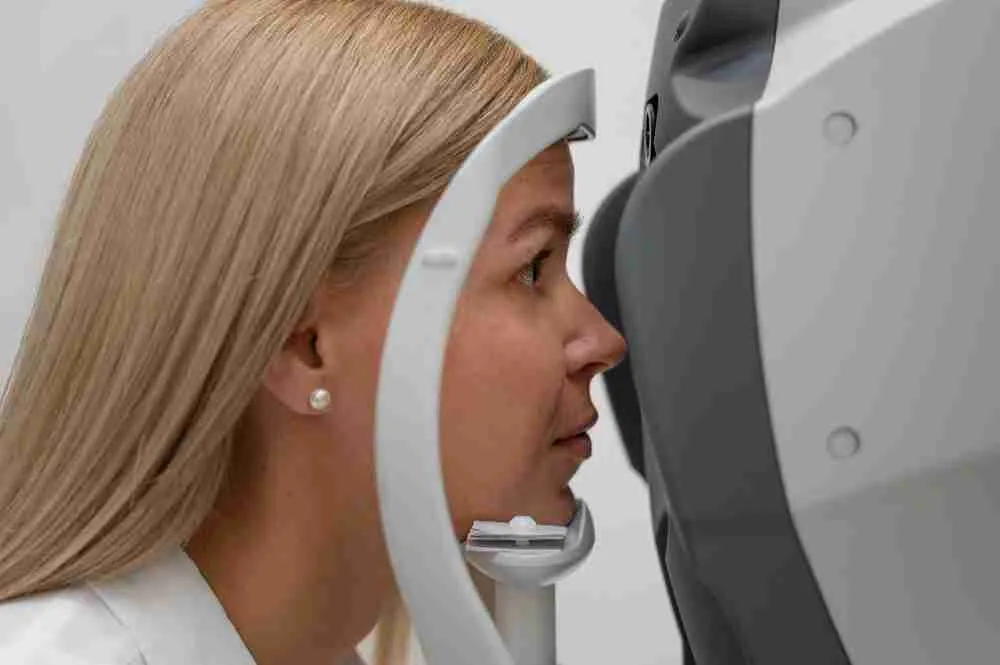The light-sensitive part of the eyeball is Retina, which is the posterior most layer of the eye. Retina is made up of two types of cells- Rods and Cones. Rods are associated with perception of the light and movement while Cones are associated with colour perception. Colour blindness, as the name implies, is the inability to differentiate different colours. In this, the cones are not able to secrete the photo-pigment necessary to perceive colour differentiation. Different pigments for different colours are present. It is rare that a person sees no colour at all. Colour blindness can be acquired or inherited. In the inherited type, three types of defects are included-
- Monochromacy- in which there is total colour blindness and thus everything appears either black or white. In this either the pigments or the cone cells are missing. Monochromacy occurs when two or all three of the cone pigments are missing and colour and lightness vision is reduced to one dimension.
- Dichromacy- In this type, there is a moderate vision defect. One of the three basic colour mechanisms is absent or not functioning. It can be hereditary and occurs more in males. Colour is reduced to two dimensions.
- Anomalous Trichromacy- This is also an inherited form of the disease. In this, one of the three cone pigments is altered in its spectral sensitivity.
Diagnosis of colour blindness is done by a series of pictures of coloured spots called Ishihara Charts. These charts consist of a one or more digits embedded in the dots of varied colours. But since these charts consist of numbers, it gets a bit difficult to use them in young children.
As such there is no permanent cure to colour blindness.
There has been some advancement in the use of coloured spectacles or tinted contact lenses which can improve the distinction of vision with a particular colour. But at the same time it can make other colours difficult to appreciate. In this era of smart-phones, various apps are available that use sort of simulation of colour-blind to normal vision which helps colour-blind people to view colours in a better way. A very interesting device which has proven to be a boon to patients called 'Eyeborg' which is worn on the head. The principle of this device is very interesting. This uses an antenna that senses the colours directly infront of the person and converts them to sound energy which is transmitted through bone conduction.

Reviewed by







